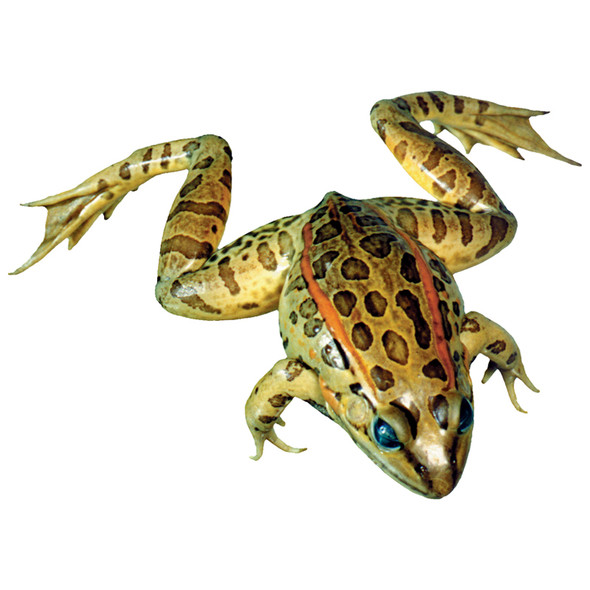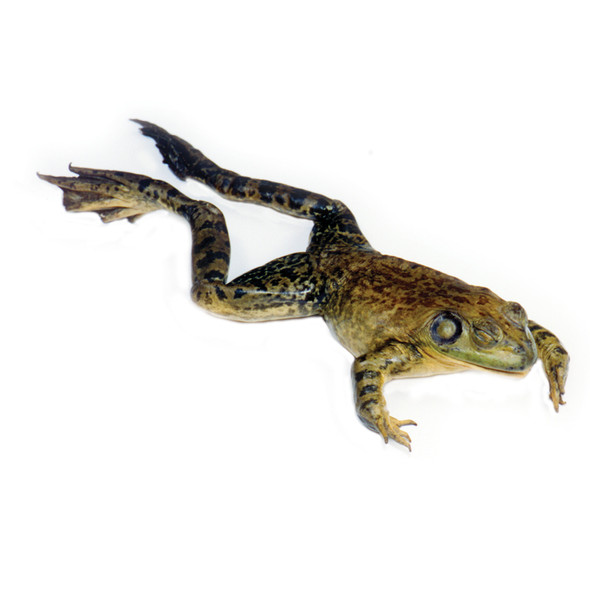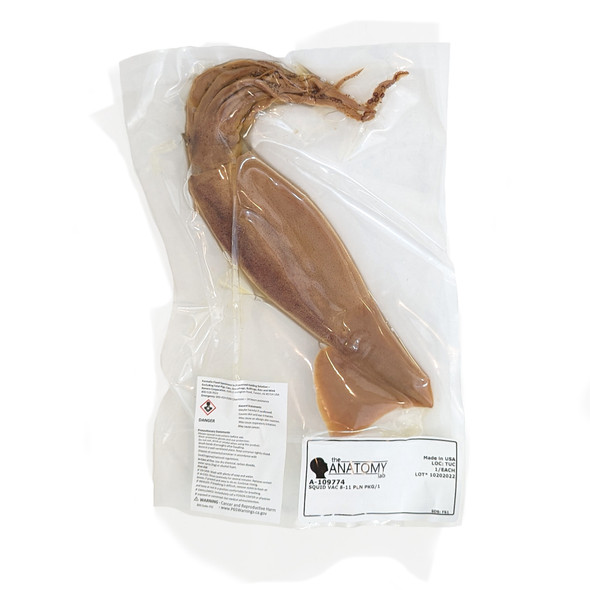Description
Preserved Specimen: Cow Eye
Anatomy Lab’s Preserved Cow Eye Specimen is perfect for learning about the internal and external structures of the organ. Learn comparative anatomy with this specimen by comparing its structures to other mammals, including humans. This dissection specimen is also great for understanding the physiology and function of the eye. The large size of the cow eye allows for detailed study and exploration.
Some specimens may contain excess fatty tissue that need to be trimmed before dissection. All packs are sold as singular eyeballs, you will receive as many eyeballs as packs purchased.
Injection Type: Plain Injected
This specimen has been injected without colored latex so the arterial, venous, and hepatic systems are presented in their natural colors.
Shipping Notice:
Anatomy Warehouse recommends that you keep your specimen wet with holding fluid every time you use the specimen. A pail or jar for your specimen will ensure the longevity and usability of your specimen.
Some specimens may have a lead time of 4 - 6 weeks before your item is ready to ship. Please send us a message via Live Chat or give us a call at 800-422-1134 for more information.
Preservation Process:
Formalin is the most widely used, economical, and effective fixative used in preservation. Our supplier utilizes a low concentration (3.7%) to effectively preserve the entire specimen and prevent decay. After fixation, specimens go through a series of washes to remove residual formalin. The amount of residual formalin remaining is usually less than 1%, which is in line with the federal OSHA standard for formaldehyde LTL exposure of 0.75 ppm over an 8-hour period. Specimens are then stored and packaged in the supplier's non-toxic, non-formaldehyde holding solution. This solution inhibits decay, fungal and bacterial growth, and prevents desiccation of specimen. Specimens are never shipped in formaldehyde.
Warning:
This product can expose you to chemicals including formaldehyde, which is known to the State of California to cause cancer, and methanol, which is known to the State of California to cause birth defects or other reproductive harm. For more information go to www.P65Warnings.ca.gov.
Shelf Life and Storage
Take Care of Your Specimen
Specimens should be stored at room temperature and out of direct sunlight whether they are opened or unopened.
While dissecting your specimen, spraying the specimen with holding fluid will help keep the specimen moist, which will allow you to maximize your time with the specimen.
After dissection, spray your specimen generously with holding fluid before storing your specimen in an air-tight container. By following these guidelines, you can reduce the number of bacteria, mold, or other air particles on the specimen that will help inhibit mold growth.
Properly Store Your Specimen for Longevity
Unopened specimens are guaranteed to stay fresh for up to a year. With proper storage, this specimen can last for years if you store your specimen out of direct sunlight and keep it at room temperature.
Opened specimens are under no guarantee. Once a specimen is opened, it is up to you to care and store the specimen properly to extend the life of the specimen. Typically, our specimens should last a couple of weeks when properly cared for.




















